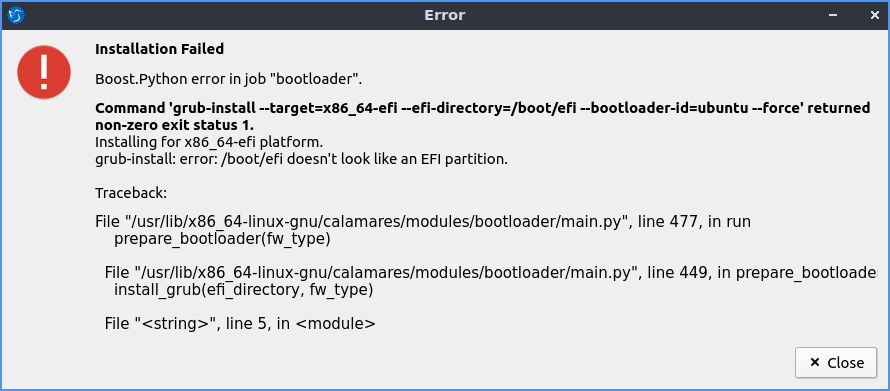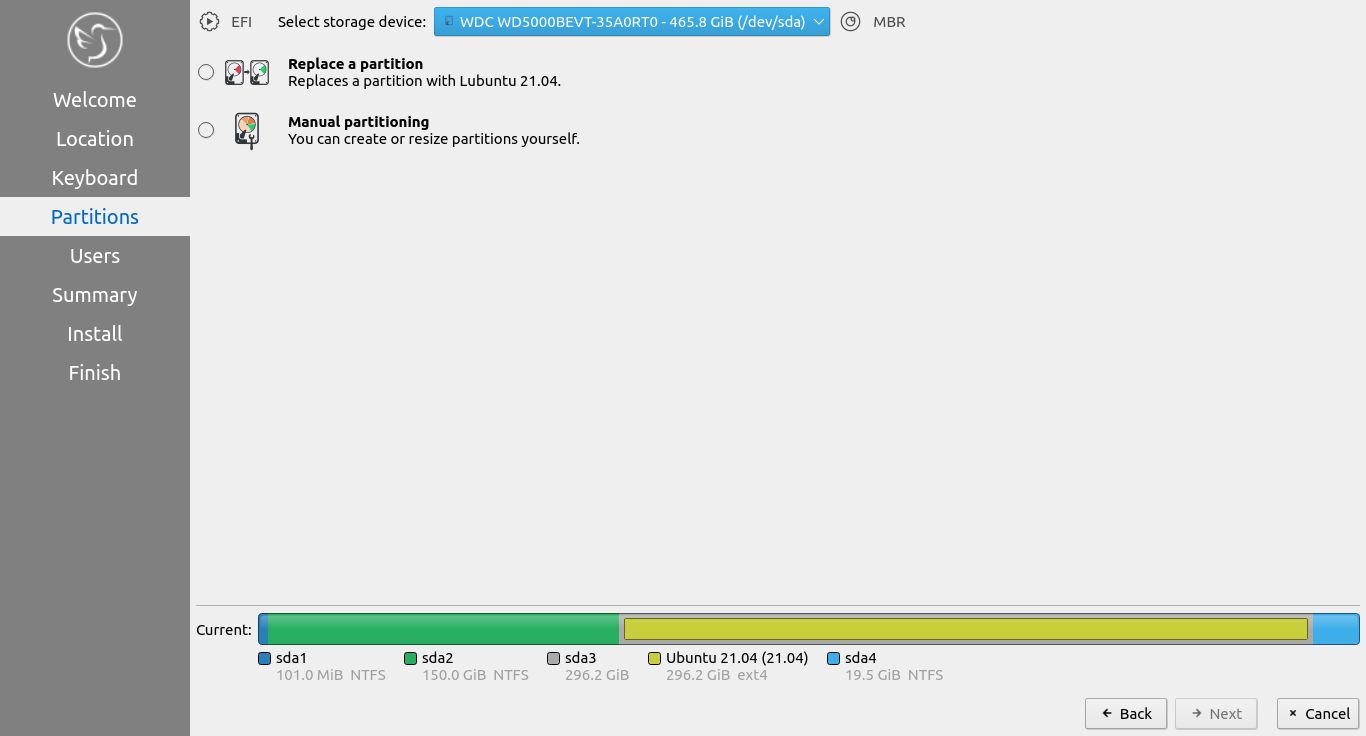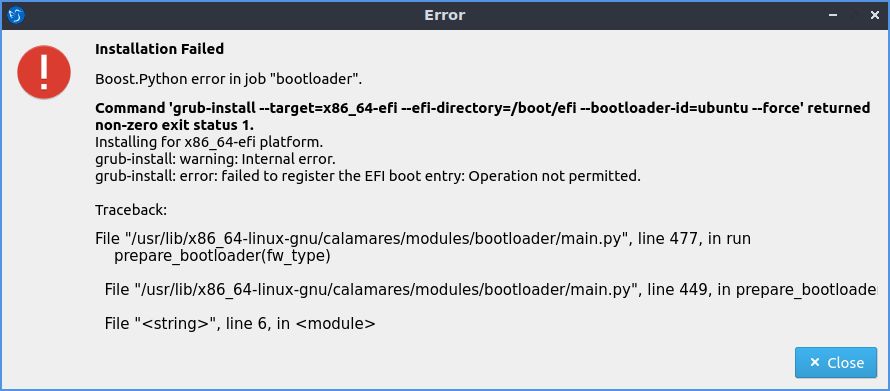Windows is choosing the partition table depending on the boot mode. If Windows is installed in UEFI mode, it uses GPT and if Windows is installed in BIOS mode it uses MBR.
Most Linux distributions do not have these limitations. But Ubuntu and every flavour, which use Ubiquity as installer, are creating an ESP (EFI System Partition). If you use Xubuntu to install the system, then you will have an ESP, even when it is technically not needed.
Lubuntu is using Calamares as an installer and creates an ESP only, if the system is installed in UEFI mode.
The output of parted --list shows, that you have an extended partition, which contains two logical partitions. The first logical partition has FAT as filesystem, but I doubt, that it is correctly setup as ESP. I do not expect, that an ESP in a logical partition is working properly.
So far some explanations. If you do not understand them, it is not a big problem. Your Windows is installed in BIOS mode and to obtain a dual boot, you have to install Lubuntu also in BIOS mode.
To do that, you need to boot your Lubuntu installation medium into BIOS mode (you can see it in the partitions screen on the upper left side => “BIOS” is correct, but “EFI” is wrong).
If your system is booted in the “BIOS” mode, you can then delete the two logical partitions (maybe you need to choose “Manual partitioning”, surely @guiverc can give you better details about the workflow). The free/unallocated disk space can then be used to correctly install Lubuntu.
I hope this helps to get you on the correct path for a successful installation. If not, please let us know.
And to prevent any other problems, please make sure, that you disable Fast Boot in Windows.



